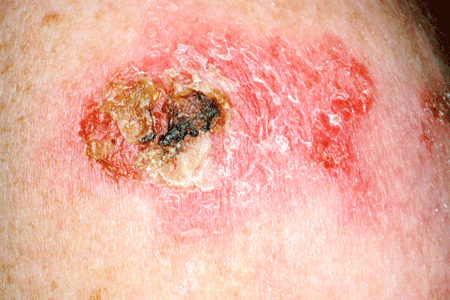Breast and ovarian cancer: how to do prevention?
Science is making strides every day in the battle against cancer, discovering and implementing new personalized therapies for patients. Before “curing” one can do prevention to prevent the occurrence of various types of cancer such as ovarian, breast, brain.
Breast cancer is the leading cause of death from cancer pathology among women 1 , however, if it is diagnosed when it is at stage zero, the survival rate of women treated is about 98 percent 1 . Causes of cancer can be traced to poor diet, unhealthy lifestyle, genetic predisposition. Familiarity is due to the transmission of genetic alterations as in the case of ovarian and breast cancers, of which an estimated 10 percent of cases may be related to the presence of BRCA (BReast CAncer) gene mutations 2,3 .
Primary and secondary prophylaxis is a medical procedure that aims to prevent the occurrence of malignancies even before treating them.
The primary prophylaxis deals with the detection of risk factors associated with the development of cancer. The first step is to obtain correct and comprehensive information on the topic, and then move on to the actual preventive activity. The risk of developing cancer can be reduced by devoting part of one’s time to regular physical activity and eating a healthy and proper diet 4 . The origin of breast and ovarian cancers can be traced to genetic mutations.
Women who have a mutation to the BRCA1 and BRCA2 genes have an 87 percent breast cancer occurrence rate, while for ovarian cancer it is 40 percent⁵.
The secondary prophylaxis is the immediate diagnosis of a disease, and by virtue of this early intervention is made possible and both the likelihood of recovery and the chances of treatment are increased.
Periodic specialist examinations and screening pathways enable early diagnosis in case of cancer development. Specific genetic tests, such as the BRCA test, are suggested to detect alterations to the BRCA genes (linked to the onset of ovarian and breast cancer). All that is needed is a blood or saliva sample from which to test the DNA for alterations to the BRCA genes.

